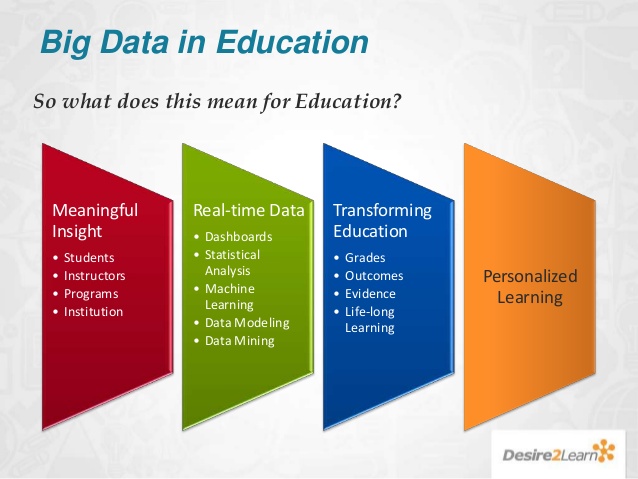Utilising big data
The potential for big data to be utilised in a transformative manner for students is extensive. Early detection and flagging of ESL students and providing direction to additional language courses or student resource centres can be the first steppingstone in a successful higher education outcome. DelliCarpini (2008) advocates the collaborative relationship between student and teacher as being of extreme importance for successful learning outcomes in ESL students. This is further supported by Adam et al. (2018) who suggest the use of learning analytics, i.e. the collection and analysis of data about the learner, can help facilitate and develop “intelligent curriculum”. Developing directed curriculum in a supportive environment can only be positive and could have significant benefits for ESL students. This can be supported by big data, with analysis of previous ESL student success rates in certain subjects and the engagement between peers and educators.
The future of big data - where to next?
The research and development in using big data continues to gain momentum as more education providers seek to make strategic decisions regarding attrition rates and better student learning approaches. A variety of questions to ask might be: ‘How can this technology continue to directly support learning with improved opportunities and outcomes’? Can the use of internet searching to determine what a student’s core focuses are? Are they utilizing programs like Grammarly to help with their writing and should this be a flag to offer them help? Or are they spending time gaming and would be better suited to gamification in learning? Can big data be used to determine work ethic as opposed to student talents? These are all questions that lead to the ethical nature of this data collection and how far institutions are willing to go in their search for improved learning outcomes.

